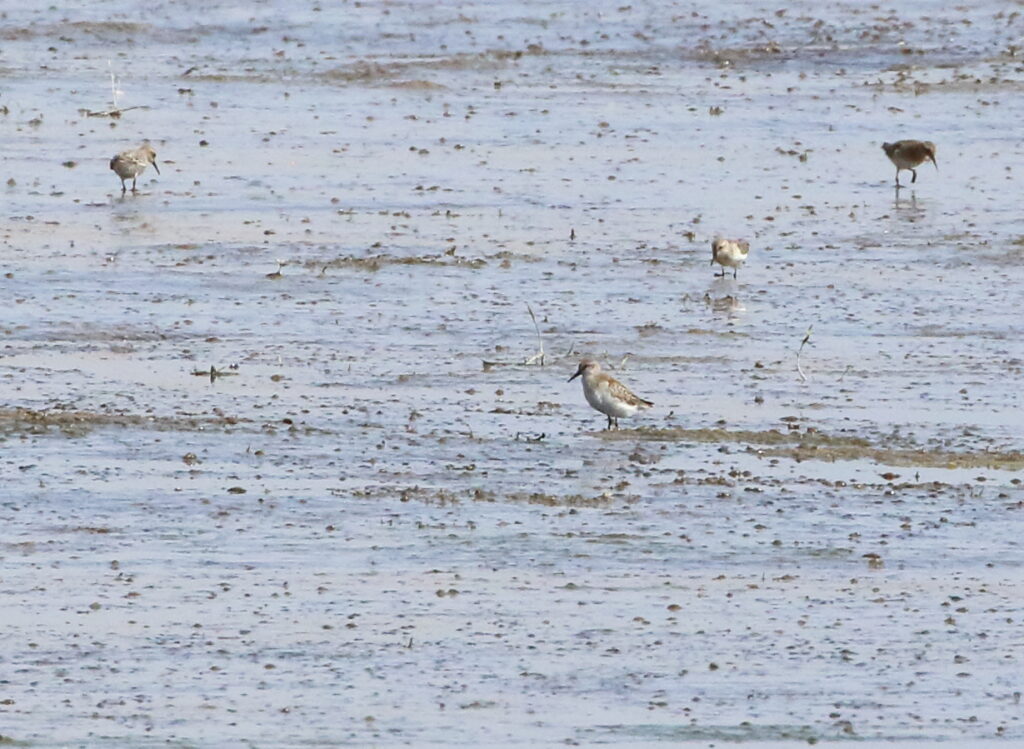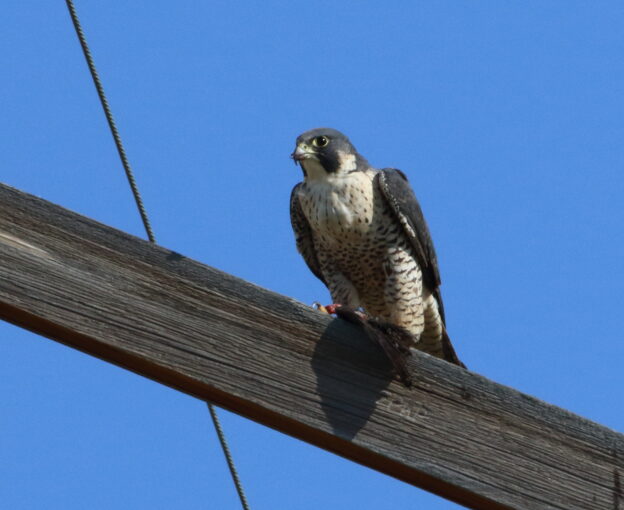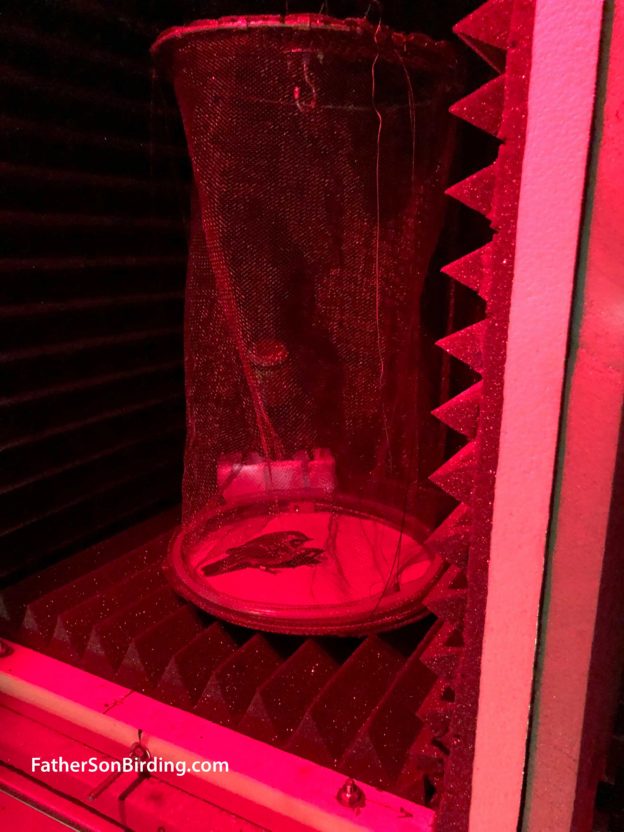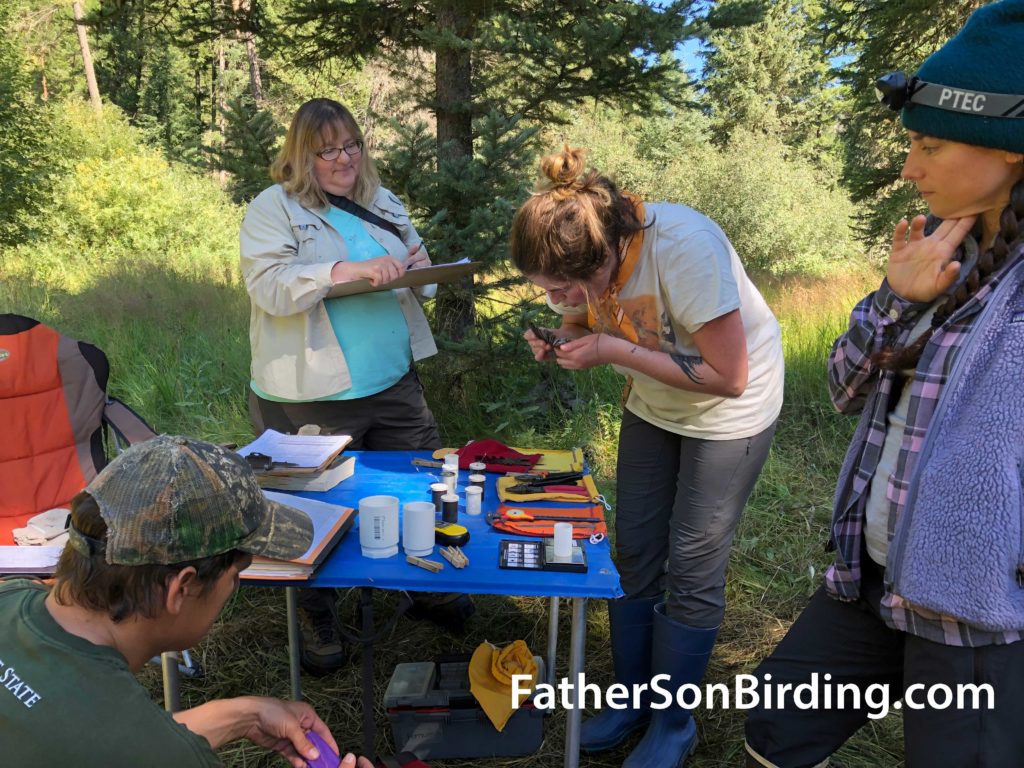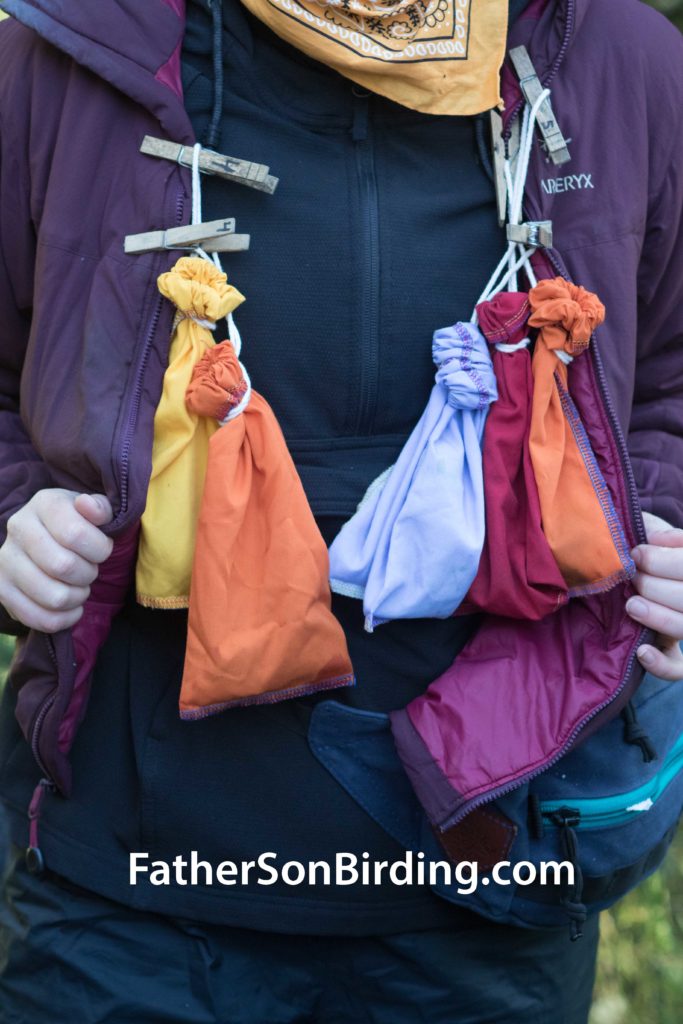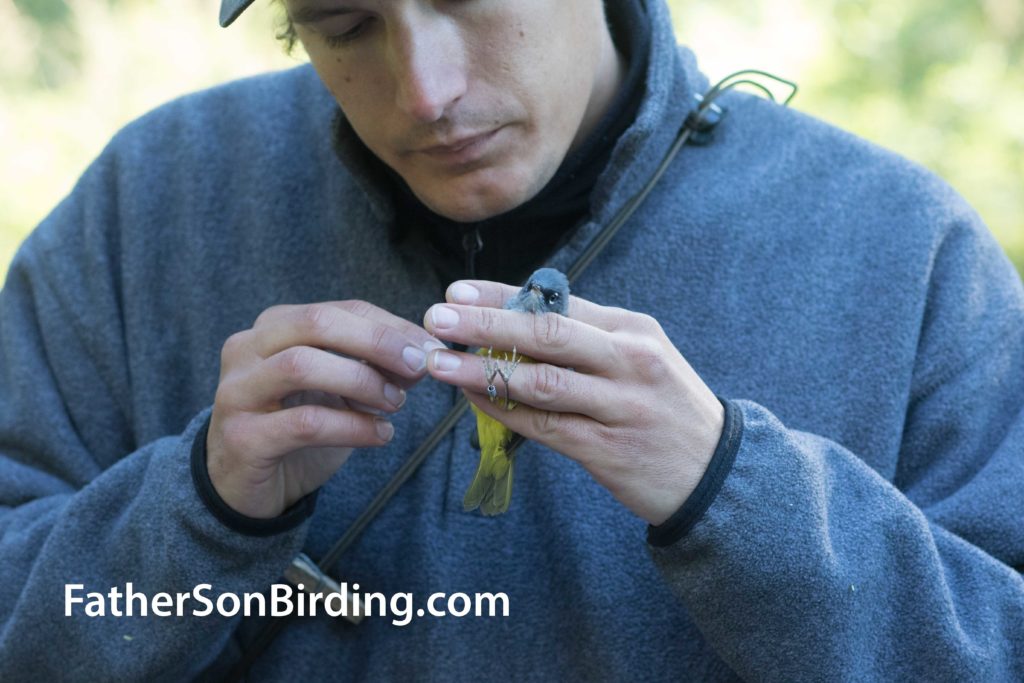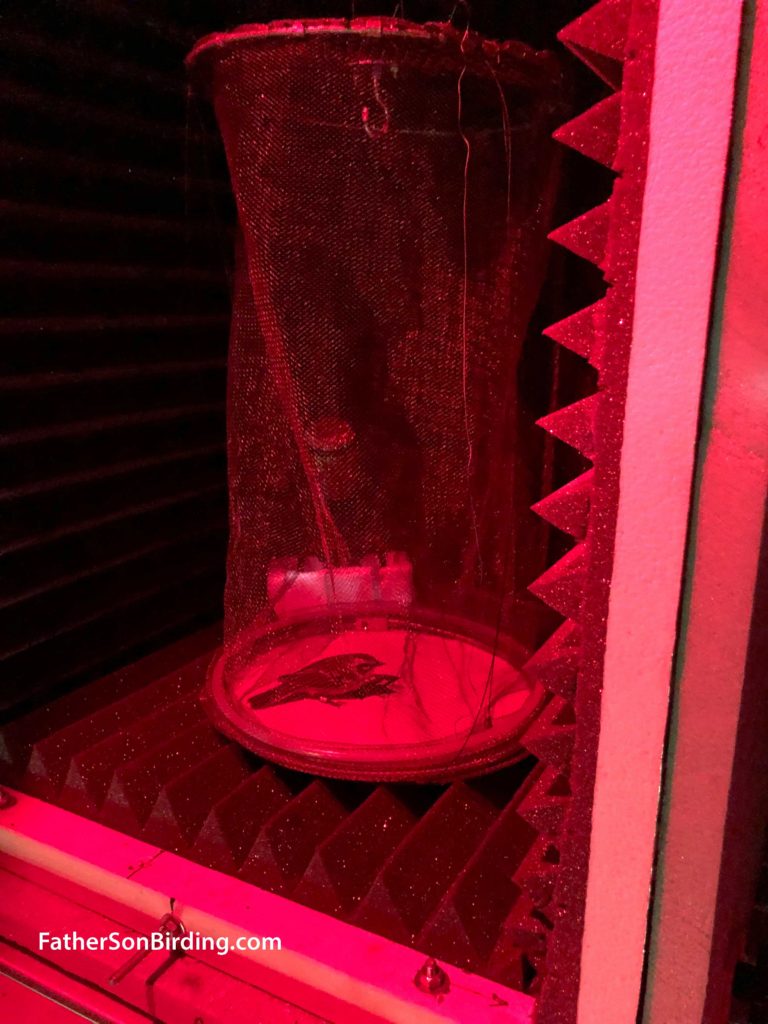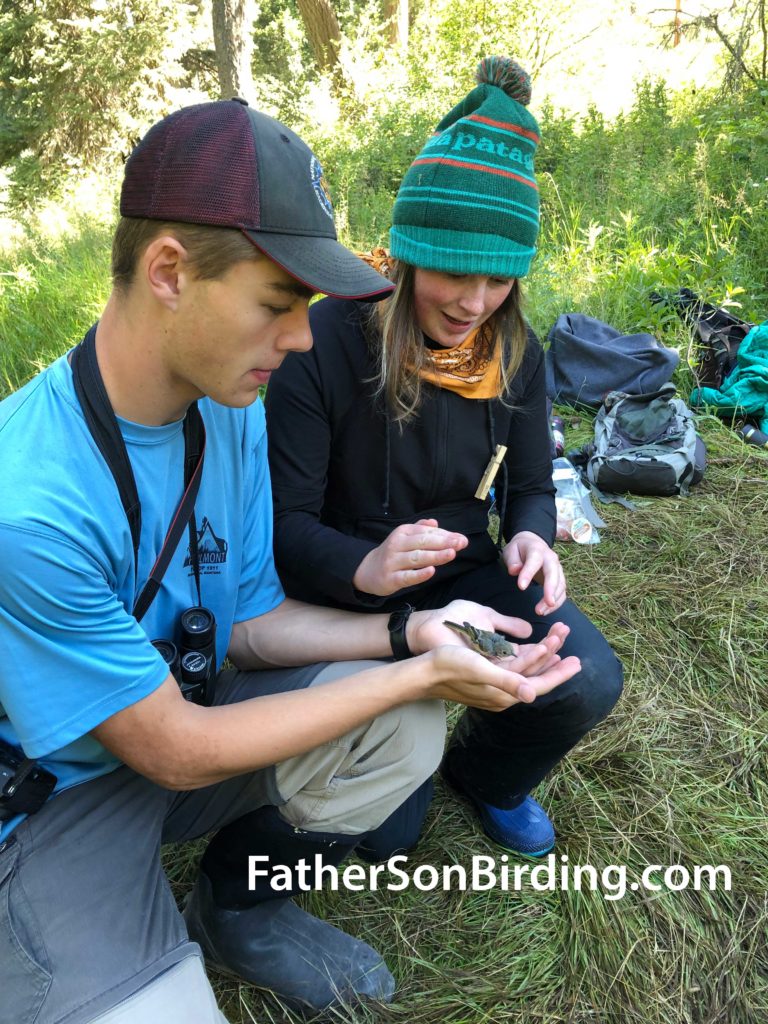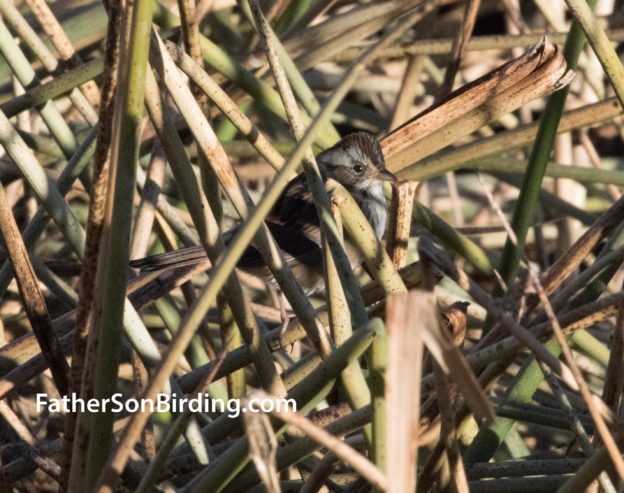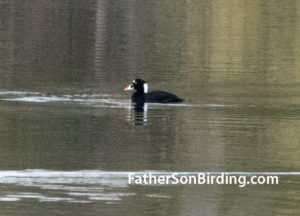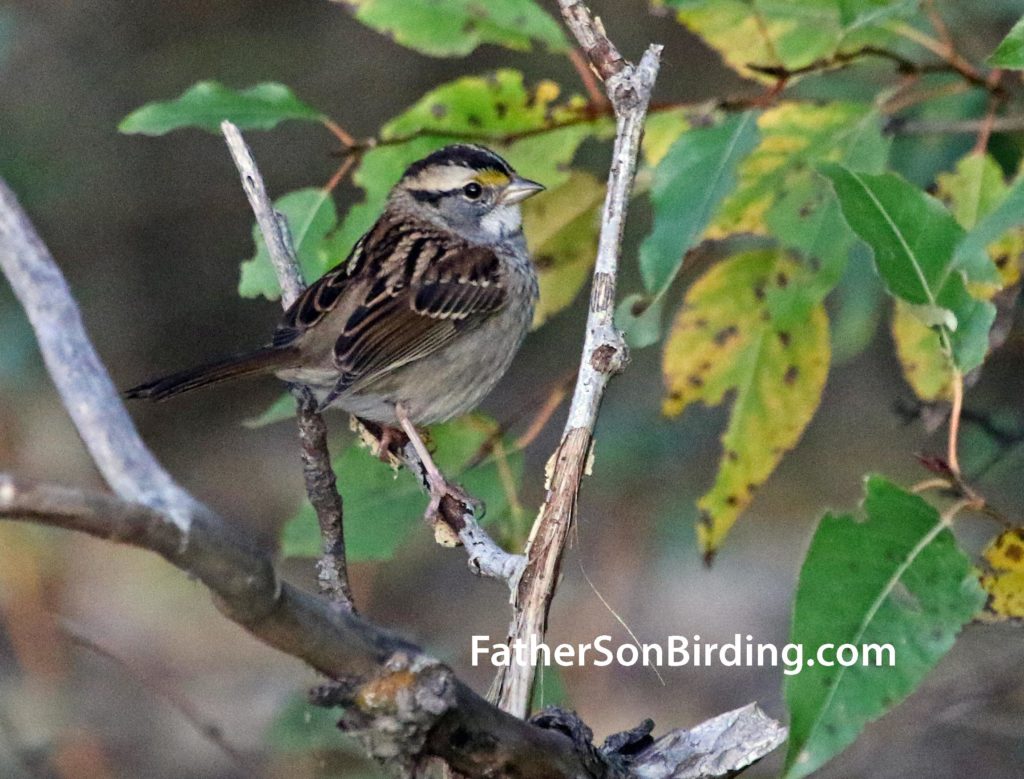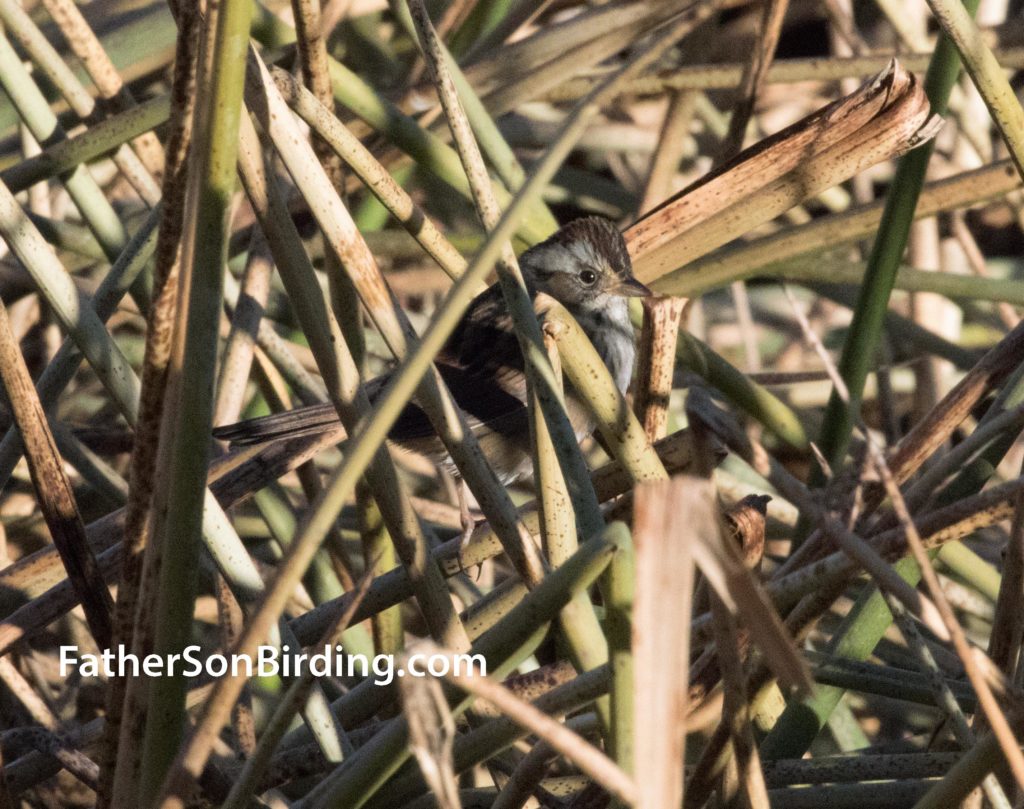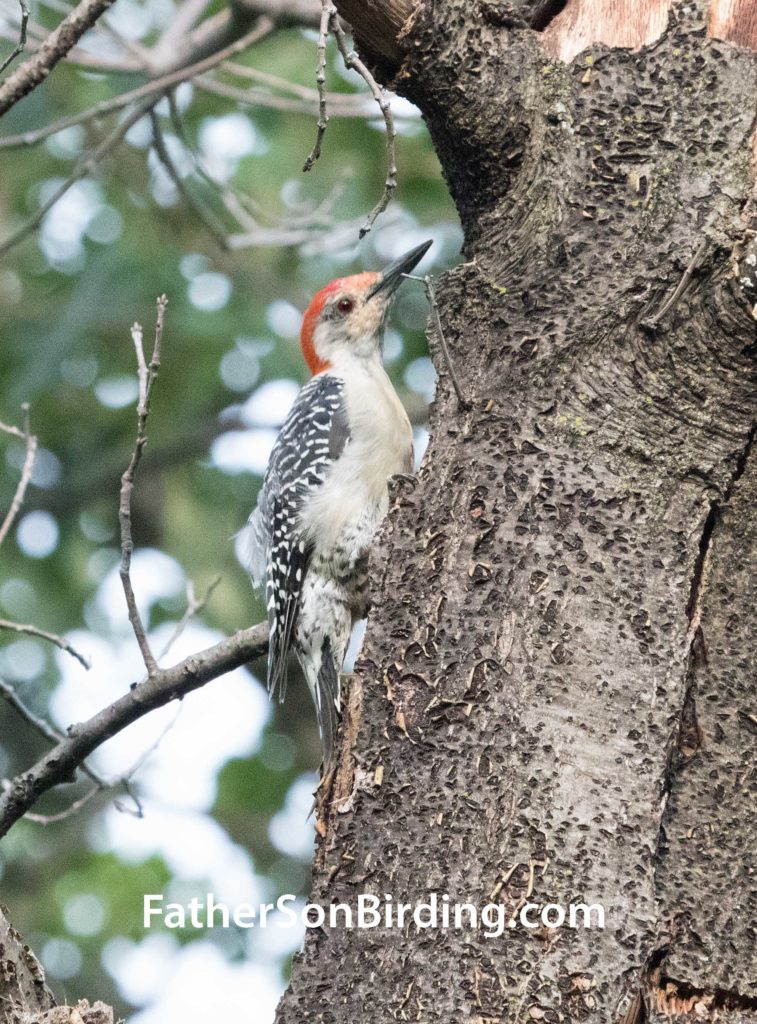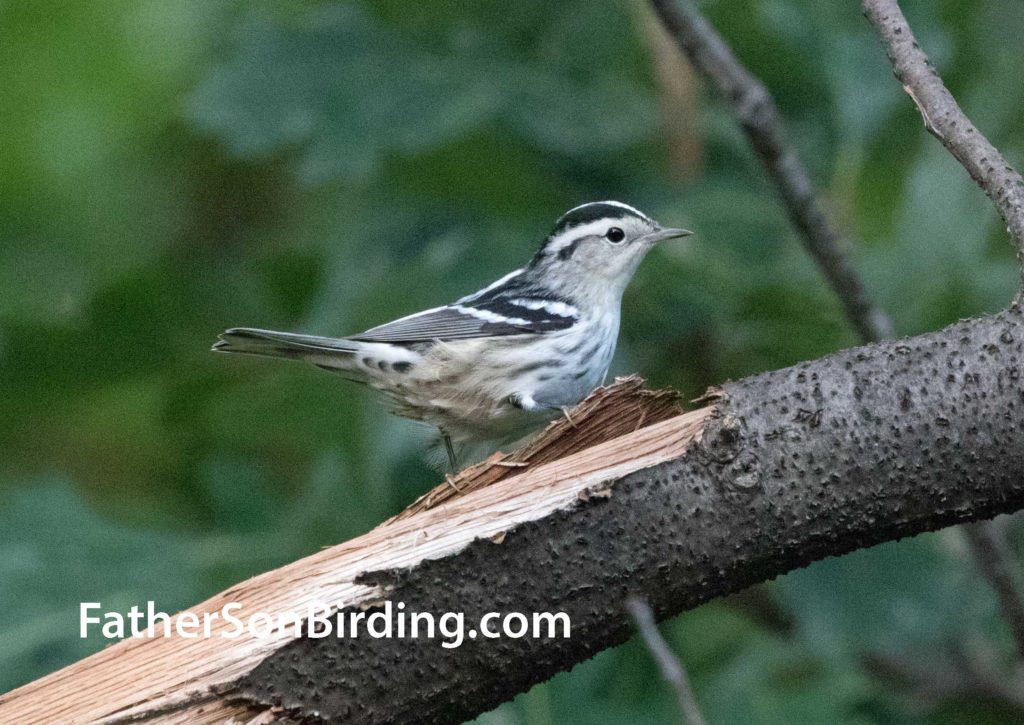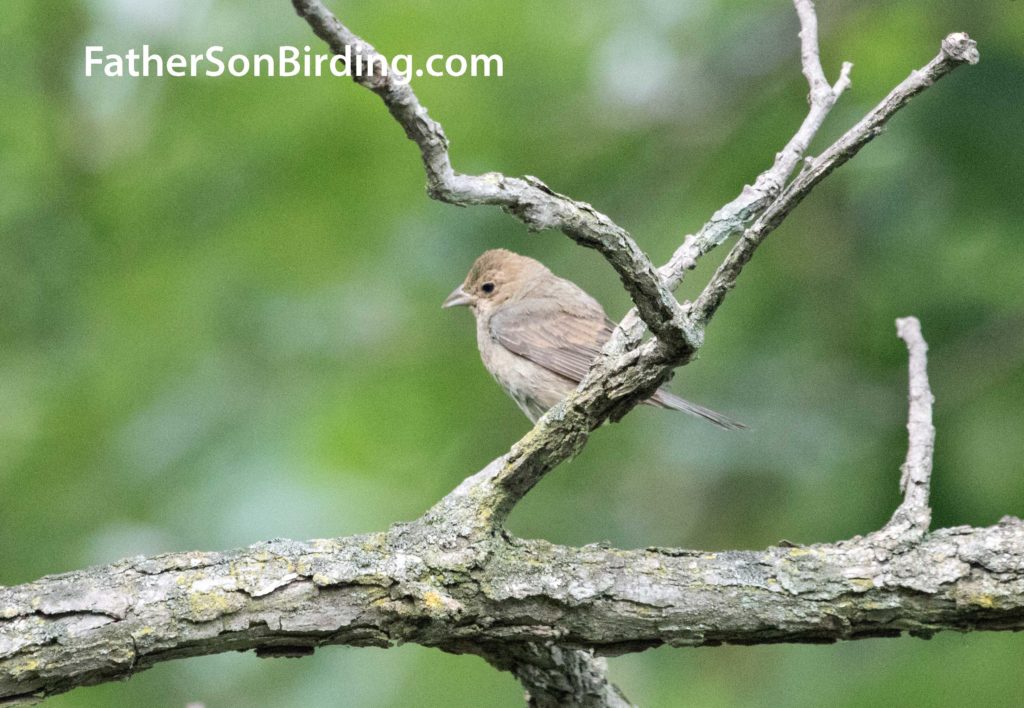As always, we appreciate you sharing this post!
Spring migration traditionally sparks furious activity by both birds and birders. If you want to see a ton of species, you’d better hit spring migration—and hit it hard. Fall migration, on the other hand, is often pretty much ignored. At least Braden and I ignored it until the last couple of years. Then we discovered that we’d better get our tail feathers out there in fall if we want to see some key species—especially shorebirds.
You wouldn’t think that Montana would be a great place for shorebirds. After all, shorebirds like, well, ocean shores, don’t they? Sure, but a surprising number of shorebird species pass through Montana every fall on their way to their wintering grounds. That doesn’t mean that finding them is easy! Especially here in western Montana, finding shorebirds can take persistence and dedication. We began our fall shorebird pursuit last week with a trip up to Ninepipe National Widlife Refuge, about an hour from our house. We were especially hoping to find a Short-billed Dowitcher, a rare Montana visitor that we still needed for our Year List. And guess what? No dowitcher. I did add Least Sandpiper to the year’s tally, and we enjoyed a terrific visit with a perched Peregrine Falcon, but clearly, (more) desperate measures were called for.
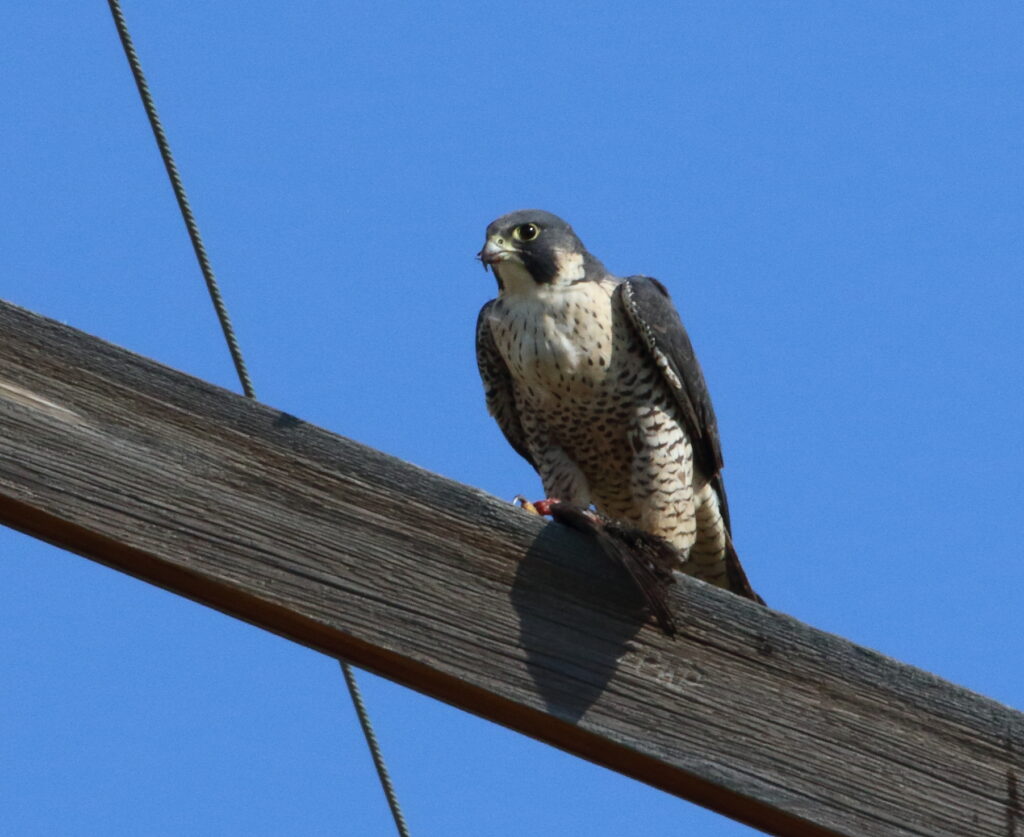
A few days later, Braden and I left the house at 6 a.m., heading for Helena, where large numbers of shorebirds had been reported during the past week. We made stops at Lake Helena and the Helena Valley regulating reservoir and saw some nice birds, including some pelicans, but . . . no shorebirds.
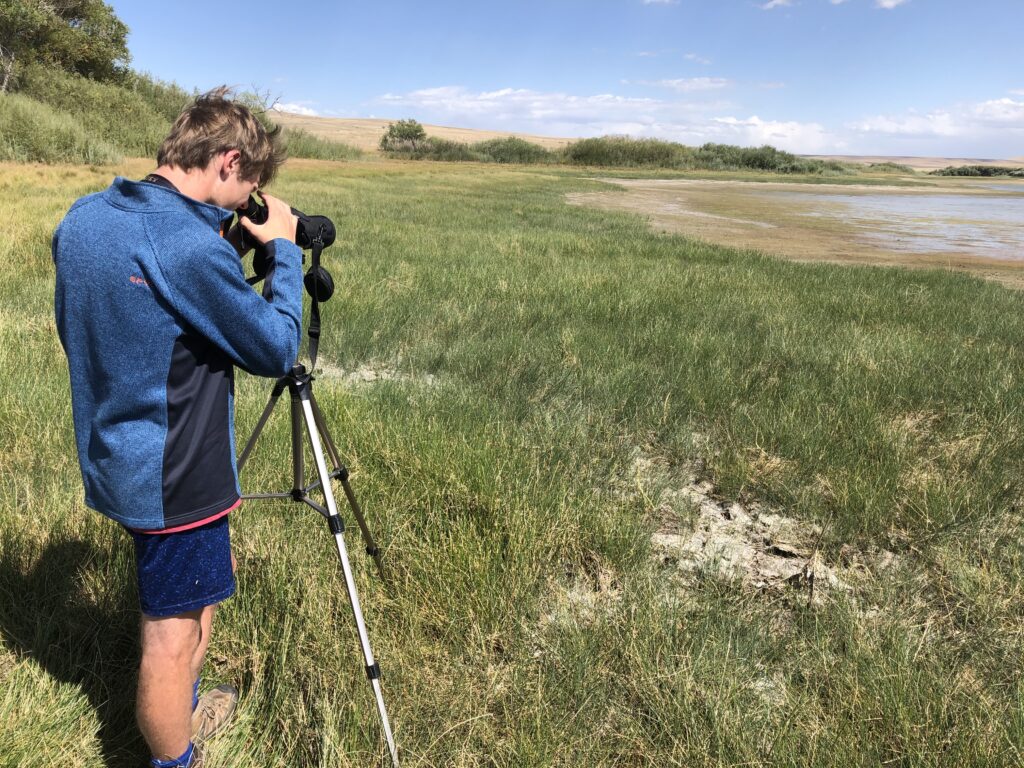
Heading south, we reached the day’s major destination, Canyon Ferry Lake. After spending thirty minutes on a fruitless search of one area, we finally reached the place hundreds of shorebirds had been reported just two days earlier. Thankfully, a few—a very few—still remained. That, however, was only the beginning of our challenge because this time of year, shorebirds are even harder to identify than usual. Mixed in with adults that are losing their breeding plumage are countless juveniles who, frankly, are a real pain in the butt to ID. Fortunately, Braden had been studying like crazy and was able to pick out Baird’s, Semipalmated, and Least Sandpipers—and a Year Bird for both of us, Pectoral Sandpiper. Hooray—but where had all the other shorebirds gone?
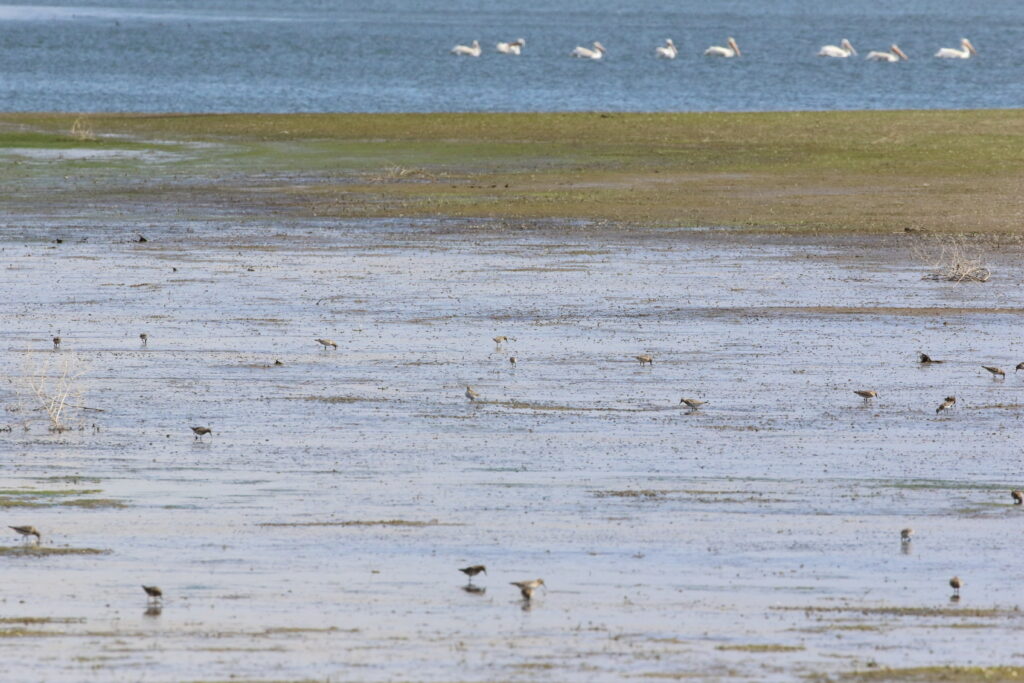
We decided to chase them by driving to a place neither of us had ever birded—Willow Creek Reservoir about thirty minutes south of Three Forks—and there, we found at least some of the missing Baird’s Sandpipers that had been farther north before. In fact, we found a flock of 64 of them, along with a pair of beautiful American Avocets. Even better, hiding among them were two “Semis” and a Western Sandpiper—another Year Bird for us! We drove the long route back to Missoula tired but satisfied. Fall migration doesn’t have the glamour and wow factor of spring, but for the patient, it can reap a beach full of rewards.
